Navigating And Exploring Design With Limited User Access
In a recent collaboration, we tackled restricted user access using empathic and proxy design. I here explore how to tackle this problem by reflecting on different design approaches and frameworks, and how we applied them. Despite minimal direct user involvement in the project, we immersed ourselves in their perspectives through archetypes, personas, and role-playing. Expert interviews and engagement with proxies provided insights from surrogate user groups. Following Savolainen's HCD framework, we consistently considered user perspectives. Our toolkit included system mapping, workshops, and wireframing, with contingency plans for user access.
ACADEMIC RESEARCH
1/18/20244 min read
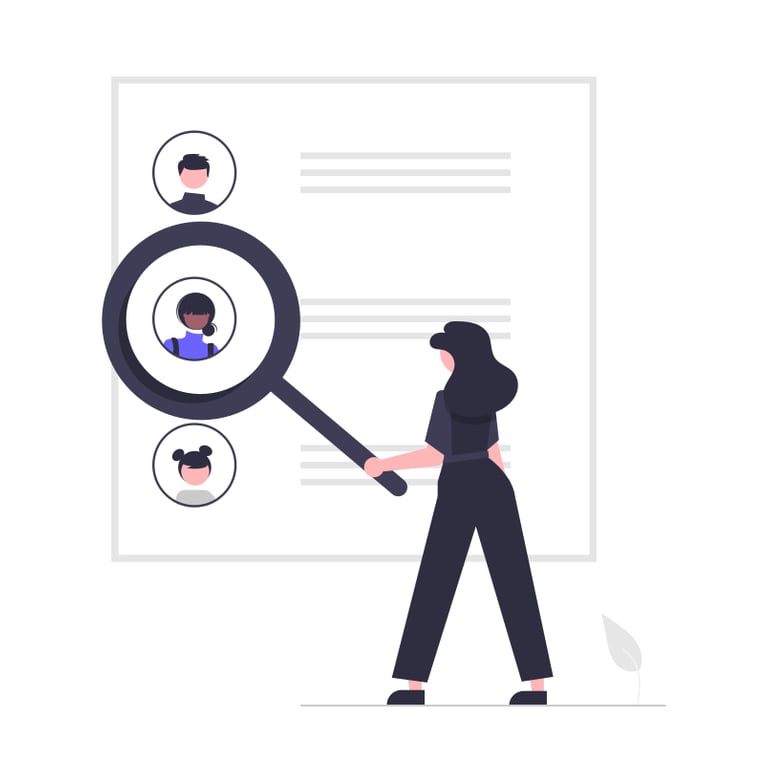

We collaborated with an external company, but because of strict privacy issues and an NDA I cannot share too much of the content from the project. However, a unique issue with the project was that there was no access to the target users. I will therefore elaborate on this topic, and some of the ways we tackled this challenge through the use of proxy design, empathic design and diverse mixed methods.
Why is there limited access to users?
In real-life projects, various factors contribute to limited user access, including difficulty in reaching users, time constraints, budget limitations, confidentiality issues, and uncertainty about user identities.
Why Is the Lack of Access To Users A Problem?
Limited access to users exacerbates inherent tensions in Human-Centered Design (HCD), hindering the integration of user knowledge and project team ideas. Balancing knowledge from project team members with users' knowledge and navigating between research and design orientations become more challenging with restricted access to users. Failure to address these tensions can lead to solutions that do not meet user needs and preferences.
Possible Ways to Deal With Limited Access To Users
Empathic design
Proxy Design
Actively engaging in empathic design can compensate for limited user access by understanding users' needs and perspectives through emotional connection. This approach involves stepping into users' shoes and imagining their experiences, even with limited prior knowledge.
Proxy design involves employing surrogate users to represent the target user group, facilitating access to essential user insights. While helpful, it's important to acknowledge the limitations of proxy users and not delay real user involvement unnecessarily.


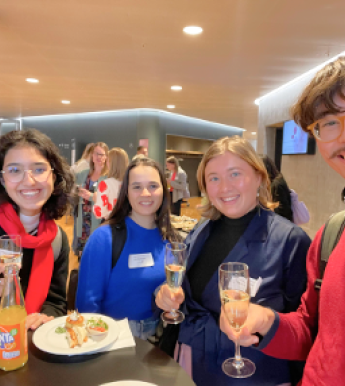

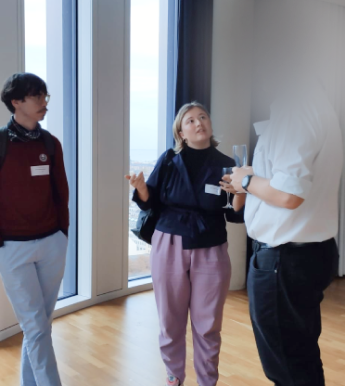

The project group joining a conference in health tech innovation, to better understand the landscape of this sector.
A Framework for Doing HCD Without Involving The Users
In her PHD, Savolainen advocates that HCD with limited contact with users is possible to do if the company doing the project is HCD mature (Savolainen, 2021a, 2021b; Savolainen & Hyysalo, 2021). HCD mature companies can leverage accumulated knowledge, identify internal users, utilize method mixes, foster a culture of discussing user needs, and plan for potential user contact to navigate challenges with limited user access.
This framework ensures ongoing consideration of user perspectives, even in the absence of direct user contact. However, it should not strive to substitue user involvement entirely.
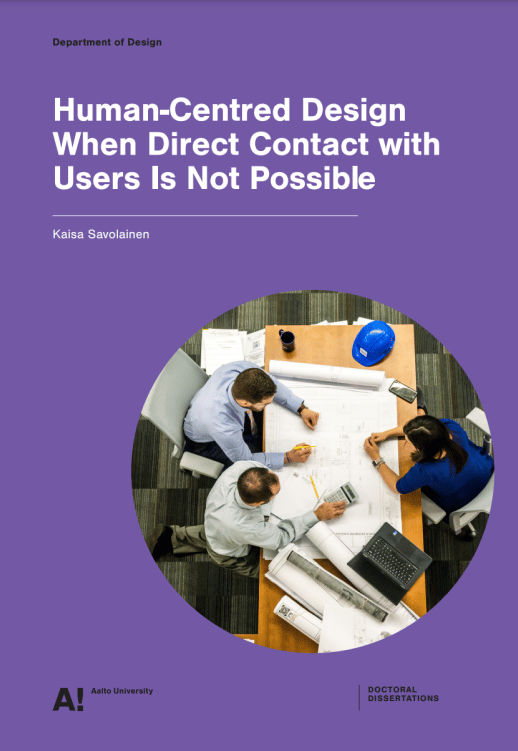

How we dealt with limited access to users
Empathic design
We embraced empathic design to understand users' needs deeply despite limited access, actively stepping into their shoes through various methods.
Methods used:
Archetypes and personas
Active imagination and role-playing (desktop walkthrough)
Proxy Design
Proxy design became essential for involving surrogate groups when direct user participation was challenging. We utilized actors or next-of-kin to represent users' perspectives.
Methods used:
Expert interviews
Proxy user interviews
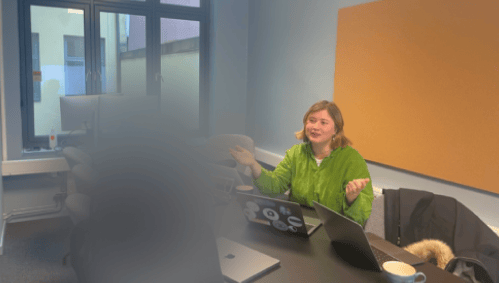

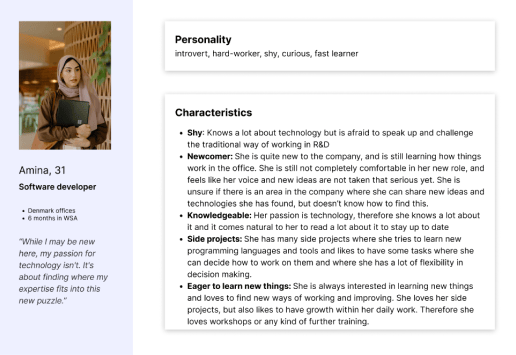

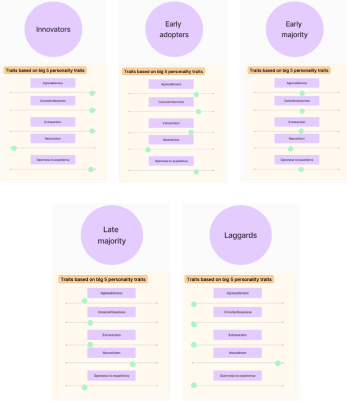

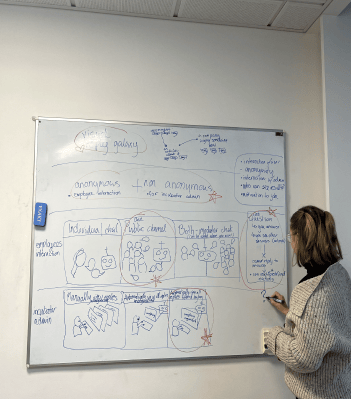

One of the only research reports done on HCD with limited access to users. From Kaisa Savolainens PHD: Human-Centered Design When Direct Contact With Users Is Not Possible.
Me conducting interviews with proxy users, creating personas and archetypes.
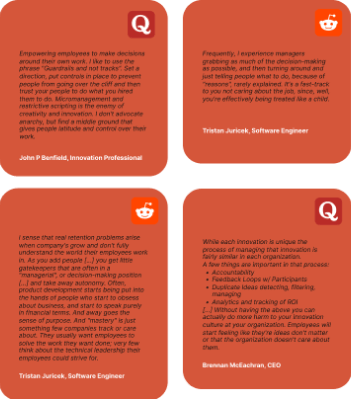

A Framework for Doing HCD Without Involving The Users
We adopted the framework by Savolainen to ensure a human-centered approach despite restricted user access. This also include the use of both empathic and proxy design.
Methods used in our project:
Desktop research
Benchmarking
Netnography
Observation of and immersion in relevant events
Expert interviews
Proxy user interviews
Content analysis and affinity diagramming
System mapping
Archetypes and personas
Desktop walkthrough
Subtext
Plan B: co-creative methods ready to be used in case we got access to users


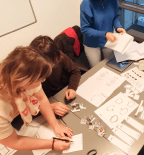

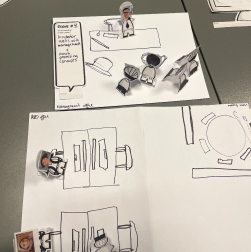

My role in this project
In this project I had several important roles mostly connected to:
Additional methods used to developing and designing the new service:
workshops
concept metaphors
actors mapping
motivational matrix
system map
user journeys
blueprinting
storyboard
wireframing
Bibliography:
Savolainen, K. (2021a). Human-Centred Design When Direct Contact with Users Is Not Possible. Aalto University. https://aaltodoc.aalto.fi/handle/123456789/107543
Savolainen, K. (2021b). User-Centred Design without Involving Users: A Longitudinal Case Study in a Human-Centred-Design–Mature Company. The Design Journal, 24(6), 887–905. https://doi.org/10.1080/14606925.2021.1980267
Savolainen, K., & Hyysalo, S. (2021). User Representations as a Design Resource: Representational Work in Achieving Accountable Design Without Access to Users. Science & Technology Studies, 34(2), Article 2. https://doi.org/10.23987/sts.84598
Left: quotes leading to important user insight based on a mobile/online ethnographic research. Right: us trying to develop a new service concept based on the proxy insights we collected.
project management
research
service design
report writing